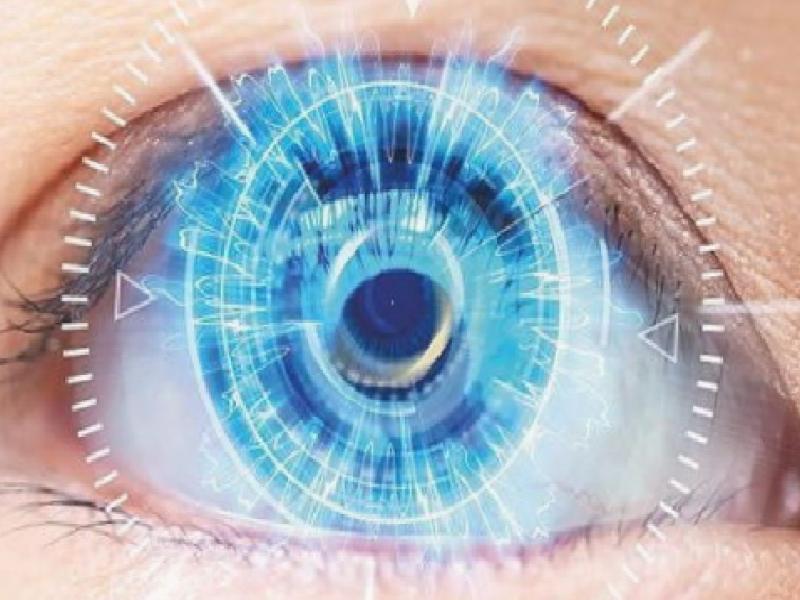What is a cataract?
Cataract is a condition in which the lens of the eye loses its transparency, which can cause blindness in advanced events that cause blurred vision. The Latin word “catarractes” means waterfall. The frothy white opacity formed by the turbulent flow of the waterfall’s water has been likened to the sight of a patient with cataracts. Cataract is one of the most valuable curable causes of blindness in the world.
What are the types of cataracts?
Cataracts are classified into four different clusters:
-
Age-Related Cataract: The symptoms of this type of cataract, which is the most common medicine in the community and occurs with aging, increase with advancing age. Cataract is seen in approximately 50% of the individuals aged 50-60 years, and almost all of the individuals aged 80 and over.
-
Congenital (Congenital) Cataract: This medicine, which is seen in newborns, is seen in babies with different pupil colors or strabismus. If the congenital cataract affects the baby’s vision, it should be operated as soon as possible. Otherwise, amblyopia (lazy eye) develops. Permanent vision loss is almost inevitable in those who do not undergo surgery on time.
-
Secondary Cataract: Secondary cataract, seen in people who have had cataract surgery before, is caused by fogging of the lens capsule. It can develop even years after surgery. Capsule fogging can be removed within a few minutes with laser treatment.
-
Traumatic Cataract: This type of cataract, which is caused by eye trauma, can occur with penetrating sharp objects or blunt eye traumas.
What are the causes of cataract?
-
Aging
-
Traumas such as eye injuries, glaucoma (eye pressure), uveitis (intraocular inflammation)
-
Long-term use of corticosteroids
-
overexposure to sunlight
-
Metabolic disorders (diabetes)
-
Not enought feeding
pathogenesis
The lens of the eye consists largely of specialized cells containing cytoplasmic protein. These proteins make the lens transparent. Unlike other epithelial cells in our body, the lens cannot remove inanimate cells from its structure; As these cells accumulate, the lens begins to lose its transparency over the years.
What are the symptoms of cataract?
Cataract development is a painless and progressive process. Patients often present with bilateral symptoms and complain of night vision problems (glare in car headlights, difficulty reading traffic signs and signs), difficulty in reading small print. Although the case of cataract is mostly seen in patients over the age of 60, it is a condition that we can encounter at earlier ages due to some of the factors we mentioned before.
Patients often have an increase in their current myopia before the formation of the opaque image. This situation, which causes a decrease in the ability to see far and an increase in the ability to see near, is called myopic shift. The main reason for this situation is the increase in the refractive ability of the lens, which loses its transparency and thickens over time.
How is the diagnosis and evaluation of cataract done?
Lens opacity, type and hardness of cataract can be confirmed by an ophthalmologist with direct ophthalmoscopy or, which is the healthiest, biomicroscopic examination.
When should you have surgery?
When blurred vision starts to affect daily life, it is the best option to decide on surgery. Especially those who drive should not delay the surgery. In severely delayed cataracts, an increase in eye pressure and the development of permanent vision loss can also be the subject of words. While driving at night in patients with cataracts, oncoming headlights can cause discontinuous and sudden light distribution, causing accidents. For this reason, if you have been diagnosed with cataract, it will be a true approach to comply with the surgery date that your ophthalmologist will determine at the most appropriate time for you.
Things to consider after surgery
-
Never rub or apply pressure to your operated eye.
-
Do not lie on the side of your operated eye.
-
The operated eye should not come into contact with water and soap.
-
Avoid heavy bodily movements.
-
Do not drive without your doctor’s approval.
-
Do not delay your post-operative inspections. (Day 1, Day 3, Week 1, Month 1)
-
Use the drops given by your doctor systematically.

